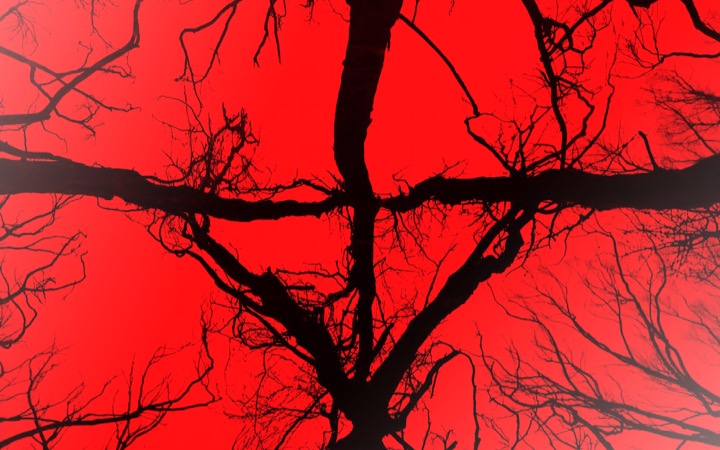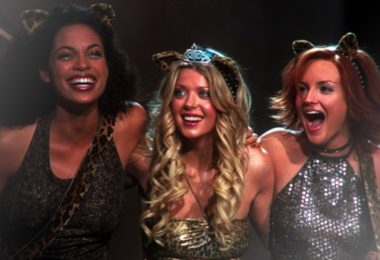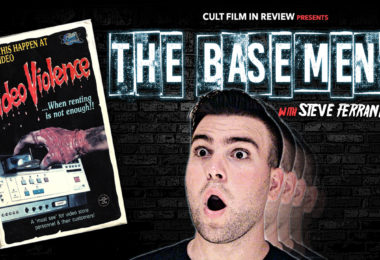Blair Witch Attempts to Recapture the Success of the Original But Gets Lost in The Woods
It’s hard to capture lightning in a bottle twice, but we have to give props to Blair Witch for trying.
In 1999, The Blair Witch Project brought life back to the found footage genre popularized by films like Cannibal Holocaust. Today the word “viral” is part of our everyday internet lexicon, but for 1999, The Blair Witch Project‘s viral marketing campaign was an inspiration to filmmakers. Passed off as “real” footage of a documentary gone wrong, people flocked to theaters to witness the fate of a film crew lost in the Maryland woods never to return. To keep with the illusion, filmmakers even went as far as to have the actors play themselves.
Sure, the majority of us were in on the ploy, but like most viral trends, everyone needs to be a part of it. To the day, The Blair Witch Project is still one of the biggest success stories in independent film thanks to clever, low-budget guerilla filmmaking and a brilliant marketing campaign.
The thing is, it’s not 1999 anymore.
Viral videos and marketing campaigns have become commonplace in the sea of content known as the internet. Furthermore, since the release of The Blair Witch Project, the found footage genre has been inundated with a flood of new horror editions such as the Paranormal Activity and V/H/S series. With that in mind, it falls on the new Blair Witch to refresh the genre, a feat they fail to accomplish. Still, like the characters in the film, they do give it the old college try.
Technically, Blair Witch is a direct sequel (or a “requel” as the hip kids call it nowadays) to the original Blair Witch Project. James Donahue, the younger brother of Heather Donahue from the original, still believes his sister is alive after missing all these years. He enlists the help of his friends and documentary filmmaker Lisa, to return to the Black Hills Forest in search of her. On their journey, they meet tin-foil wearing duo, Lane and Talia. The Black Hills natives are far more open to the legends of the Blair Witch than James and his crew. As a result, the two groups’ reactions to one another is tepid, but nonetheless, they team up to scour the forest for clues.
Throughout the film, it’s clear Blair Witch relies heavily on jump scares to bring fear to the audience. And by “relies heavily” I mean far too many jump scares. The jumps come so frequently, in fact, that the film almost becomes self-aware of them halfway in. At one point one of the characters screams, “Stop doing that!” after the 100th sudden, inappropriate jostling from another in the group. They don’t. Instead, we get 100 more sudden entrances, snapping branches, and weird camera transitions. Seriously, if everytime your camera switches between recordings it sounds like it got hit by a bolt of lightning, it’s time to take it back to Best Buy.
Blair Witch Project’s other sequel, Book of Shadows, was a renowned failure. It tossed the found footage routine and instead focused on giving audiences a further look into the lore surrounding the Blair Witch. If you didn’t care for this information, you’re in luck, because you won’t be getting much of it from Blair Witch. Much of the in-film history surrounding the Witch is just recycled from the original. It’s glanced over (presumingly to bring new audiences up to speed) and quickly forgotten.
Blair Witch does manage to update the found footage genre with modern technology. Lisa brings with her a huge collection of state-of-the-art recording devices no millennial film student should be without. Rather than going handheld, each member of the party is outfitted with headcams. These combined with shots from drones and strategically placed night vision cameras create a wide range of different angles for the filmmakers to shoot from. The filmmakers seem so impressed with their new toys, that they make a point to remind audiences how limiting old technology was. Where Lisa insists on shooting in 4k, Lane is still using an old DV cam, presumingly because Black Hills folk are too poor to own iPhones.
Still, the upgrades offer a much-needed change to a tired genre. Gone are the limitations common to found footage, such as only being able to shoot from the character’s point of view. Instead, there are quite a few angles and transitions throughout Blair Witch which more resemble a traditional film. On the technical side, Blair Witch presents a bit of a slight-of-hand, tricking audiences into believing all the shots were constructed in-film.
As a true sequel, Blair Witch does a far better job than Book of Shadows in trying to capture what made the original so memorable. Its problem is that it doesn’t do much new. If your issue with The Force Awakens was it was too much like A New Hope, well, imagine that but with no new story revelations and no returning characters.
The original benefitted greatly from a marketing campaign that was an integral part of the viewing experience. It added another dimension to the film, like 3D did for Avatar. As such, the success of The Blair Witch Project might just simply be a product of its time, when people weren’t so desensitized to advertising content. Although the clever camera work is commendable, Blair Witch faced an uphill battle from the beginning, and although well fought, it’s no victory.



